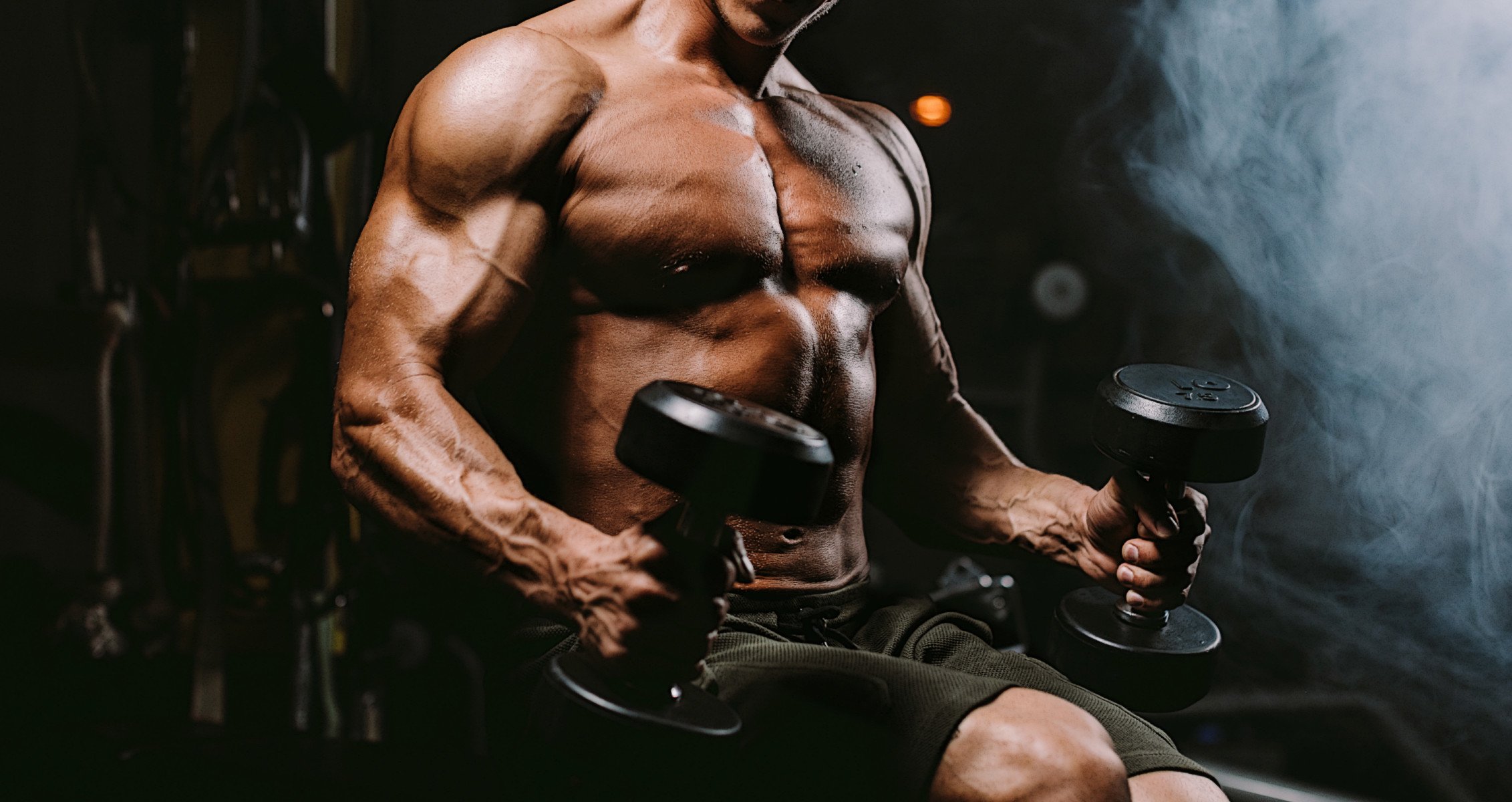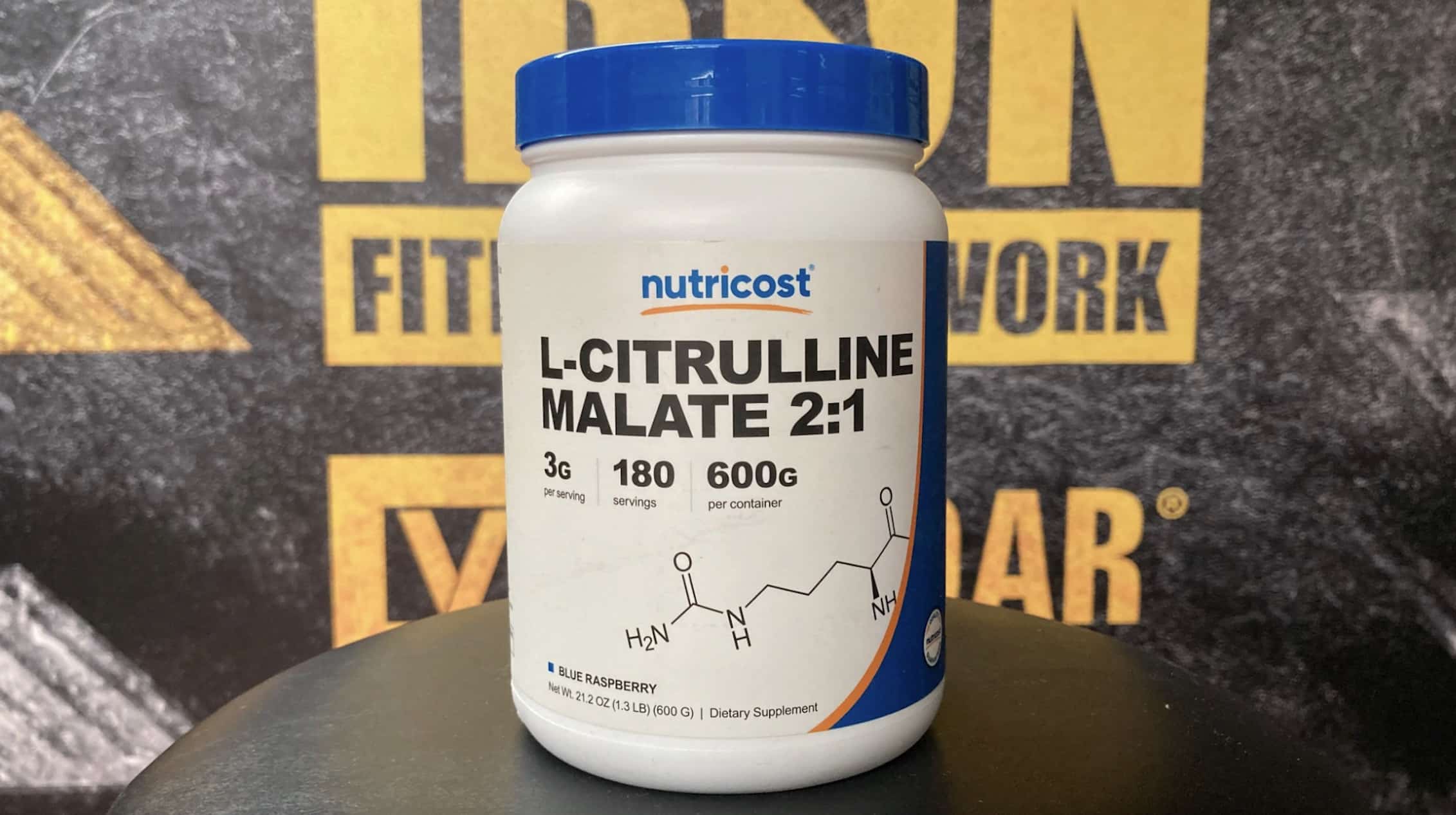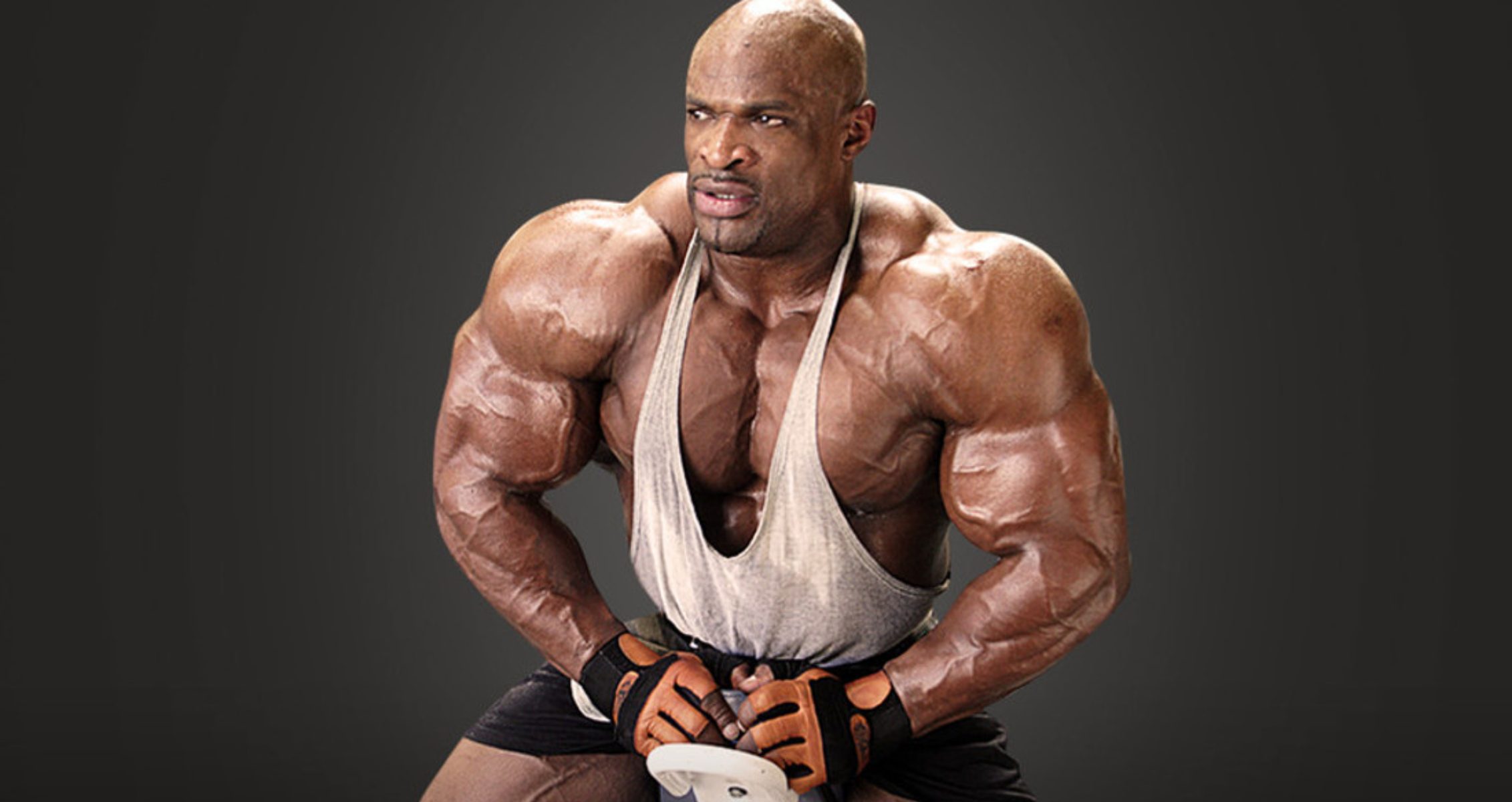Incline Dumbbell Bench Press (Chest) – Exercise Guide
The incline dumbbell bench press is a staple exercise for developing the upper portion of the pectoral muscles. By targeting the upper chest, this exercise helps create a more defined and proportionate chest appearance. Here’s a detailed guide on how to perform the incline dumbbell bench press effectively, along with variations and tips to optimize your workout.
Muscles worked: Chest
Equipment needed: Dumbbell, Incline Bench
Instructions for the Incline Dumbbell Bench Press
- Setup:
- Bench Angle: Adjust the incline bench to a 30 to 45-degree angle. This range is ideal for targeting the upper chest without overly engaging the shoulders.
- Dumbbell Position: Sit on the bench with a dumbbell in each hand. Rest the dumbbells on your thighs to maintain stability and ease the transition into position.
- Grip: Hold the dumbbells with a neutral grip, meaning your palms are facing each other.
- Getting into Position:
- Lie Back: As you lie back on the incline bench, use your thighs to help lift the dumbbells to shoulder level.
- Grip Adjustment: Rotate your wrists so your palms are facing forward (pronated grip). This adjustment is crucial for engaging your chest muscles effectively.
- Starting Position:
- Arm Extension: Fully extend your arms, positioning the dumbbells directly above your shoulders. Your arms should be perpendicular to the floor, with a slight bend in the elbows to avoid joint strain.
- Lowering Phase:
- Breathing: Inhale deeply to stabilize your core.
- Controlled Descent: Slowly lower the dumbbells in a controlled manner, ensuring your forearms remain perpendicular to the floor. Focus on lowering the weights to the sides of your upper chest, maintaining a smooth and steady motion.
- Lifting Phase:
- Pause and Push: Pause briefly once the dumbbells reach the sides of your chest. Exhale as you push the dumbbells back up, fully extending your elbows. Concentrate on using your pectoral muscles to lift the weights, ensuring continuous engagement throughout the movement.
- Top of the Movement:
- Chest Squeeze: At the top, squeeze your chest muscles for a couple of seconds to maximize contraction. Ensure your arms are fully extended without locking your elbows to maintain tension in the chest muscles.
- Repetitions:
- Routine: Repeat the exercise for the recommended number of repetitions, typically 8-12 for muscle building. Maintain proper form throughout each repetition to avoid injury and maximize effectiveness.
Variations and Tips for Enhanced Chest Development
Targeting the Upper Pecs from Different Angles:
- Adjusting the Incline: Changing the incline angle of the bench can target different areas of your upper chest. A steeper incline (45-60 degrees) places more emphasis on the shoulders, while a shallower incline (15-30 degrees) focuses more on the upper chest.
Utilizing Alternate Grips:
- Neutral Grip: Using a neutral grip (palms facing each other) throughout the entire exercise can reduce shoulder strain and engage your chest muscles differently, offering a variation that can prevent plateaus.
Incorporating Alternate Exercises:
- Incline Dumbbell Flyes: Lie on the incline bench with dumbbells held above your chest, palms facing each other. Lower the dumbbells in an arc until you feel a stretch in your chest, then bring them back up, squeezing your chest. This exercise isolates the chest muscles more intensely.
- Incline Push-Ups: Place your hands on a raised surface like a bench or step, with your feet on the ground. Perform push-ups, focusing on keeping your body straight and engaging your upper chest. This bodyweight exercise is a great alternative for targeting the upper chest without equipment.
- Incline Bench Press: Use a barbell instead of dumbbells. Lie on the incline bench, grip the barbell with hands slightly wider than shoulder-width apart. Lower the barbell to your upper chest, then press it back up. This variation allows you to lift heavier weights, providing a different type of resistance.
General Tips:
- Warm-Up: Thoroughly warm up before starting your workout to prevent injury.
- Weight Selection: Use a weight that challenges you but allows you to maintain proper form.
- Motion Control: Focus on a slow and controlled motion during both the lowering and lifting phases.
- Core Engagement: Keep your core engaged and back flat against the bench to maintain stability.
- Rest Periods: Rest for about 60-90 seconds between sets to allow for adequate recovery.
Incline Dumbbell Bench Press Wrap Up
By incorporating these detailed instructions, variations, and tips, you can effectively target and develop your upper pectoral muscles, ensuring a well-rounded and effective chest workout. The incline dumbbell bench press is a versatile and powerful exercise that, when done correctly, can significantly enhance your upper body strength and aesthetics.
Let us know what you think in the comments below. Also, be sure to follow Generation Iron on Facebook, Twitter, and Instagram.







